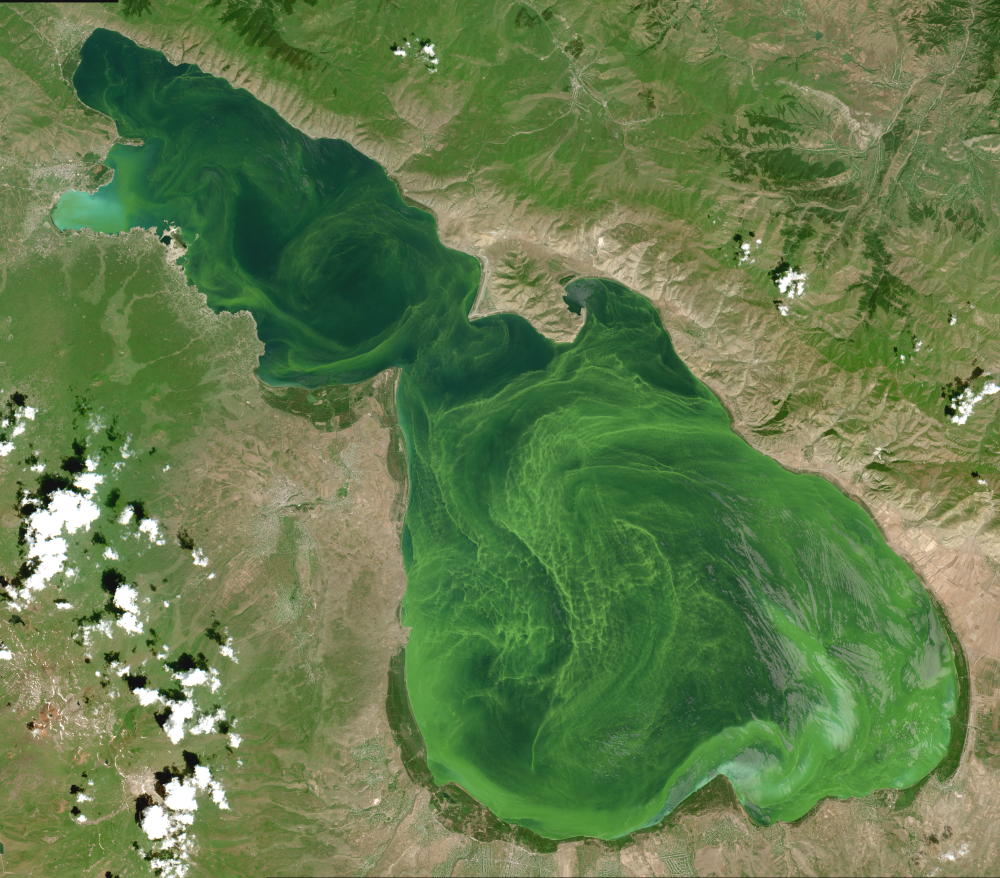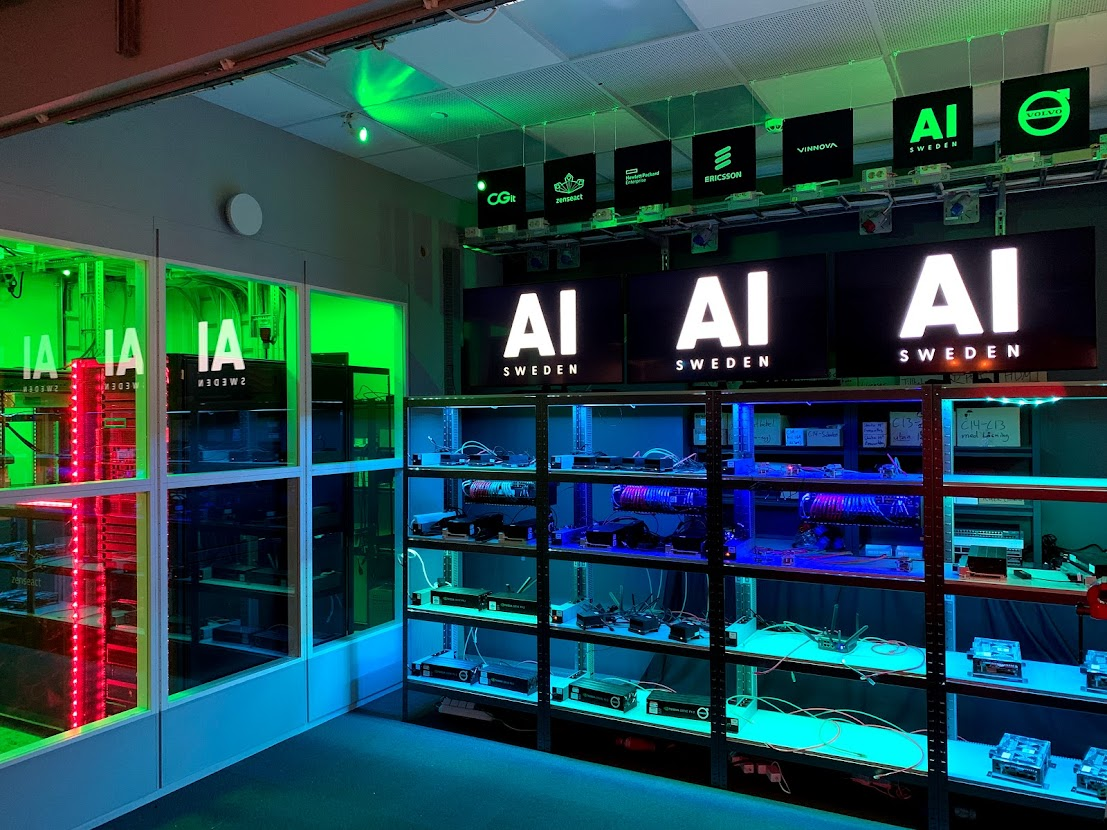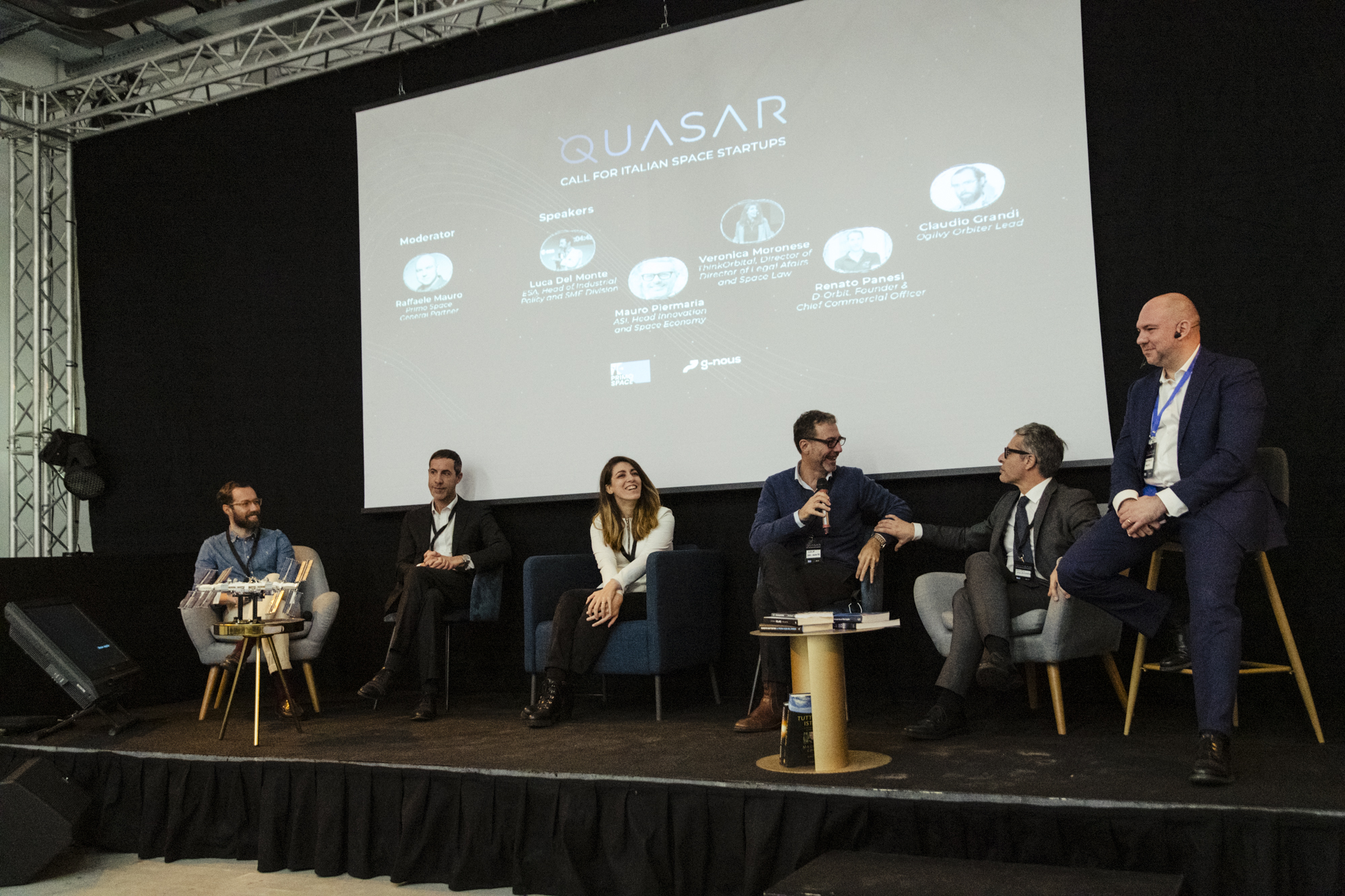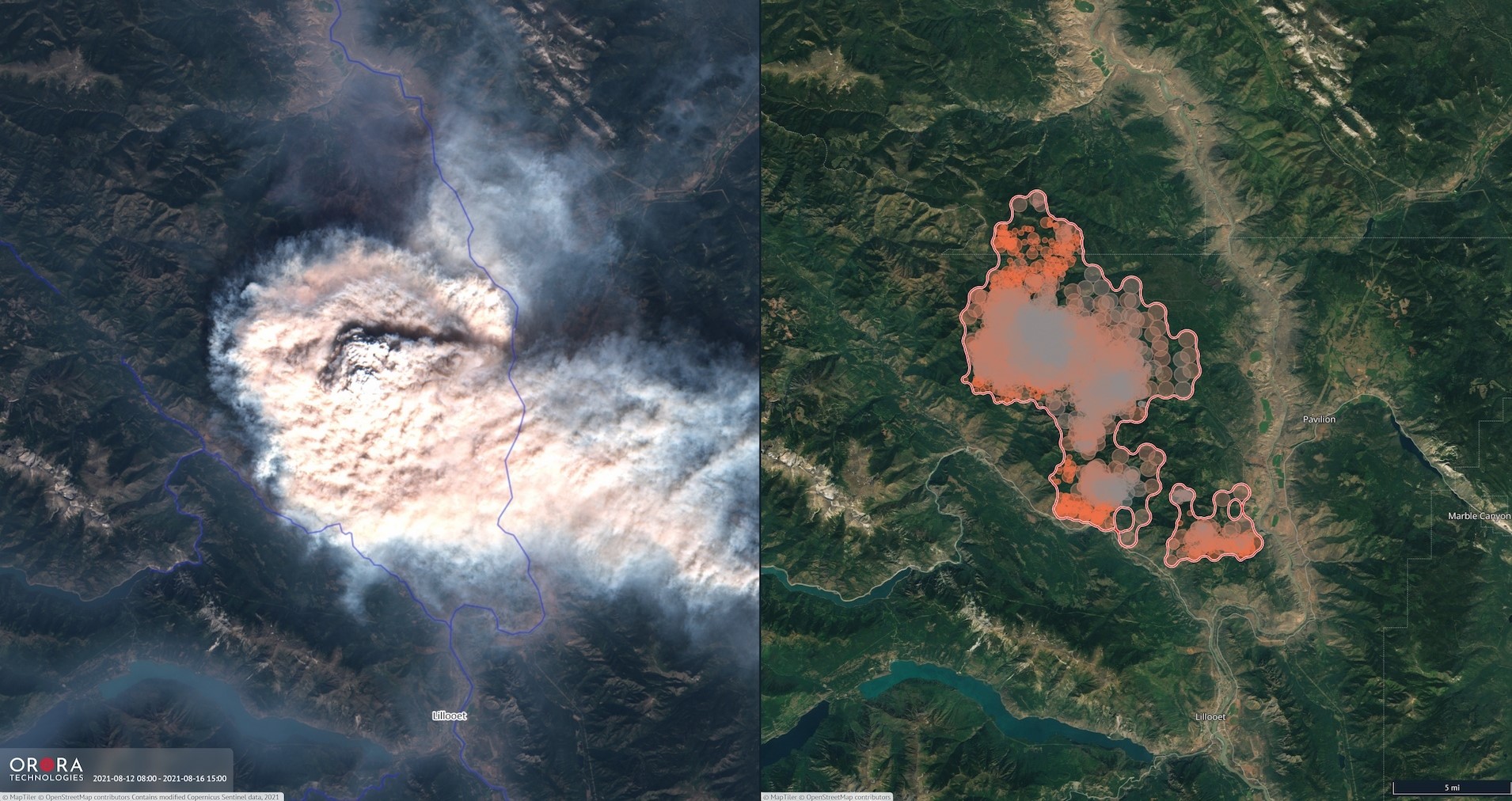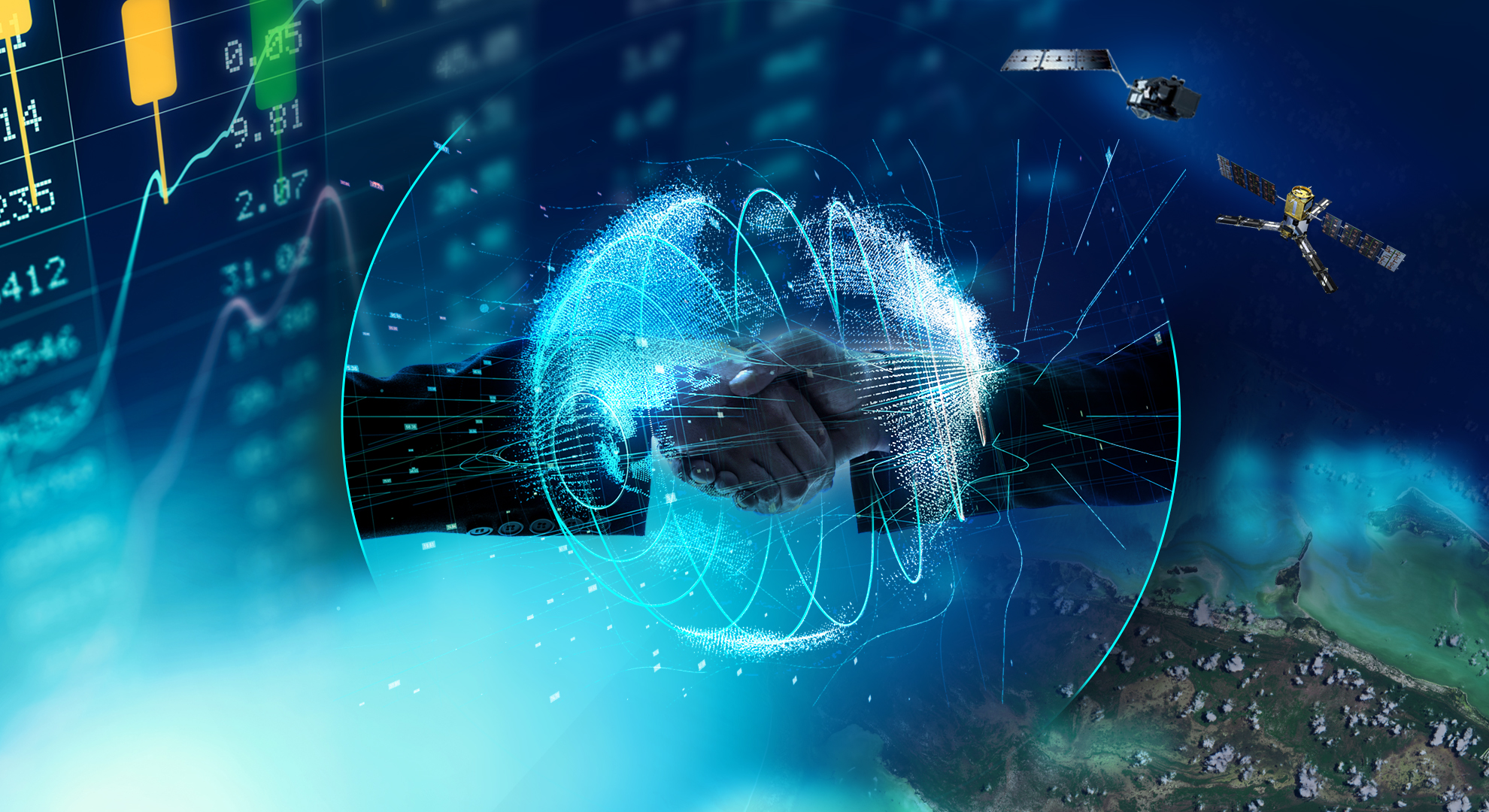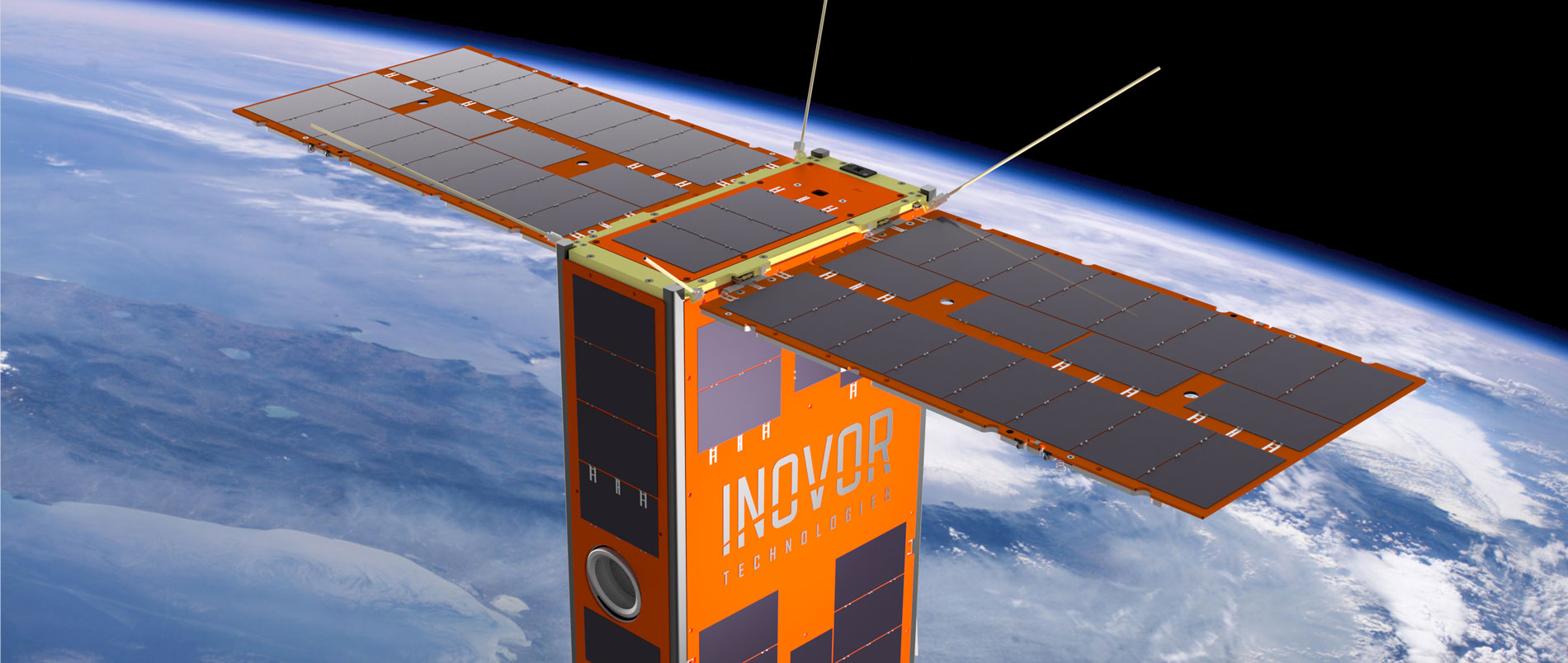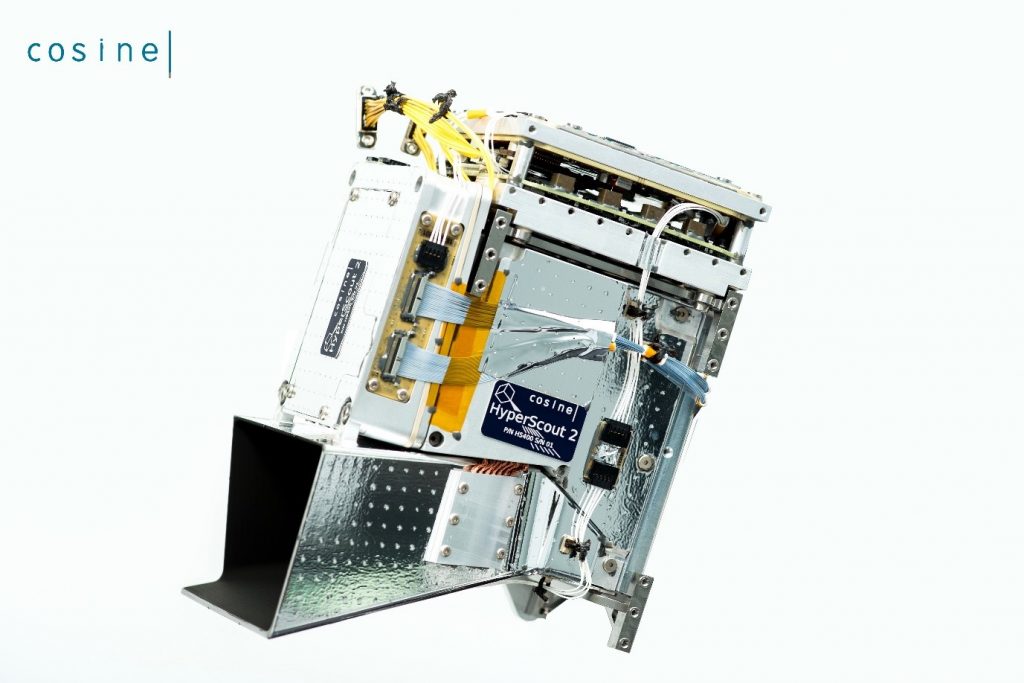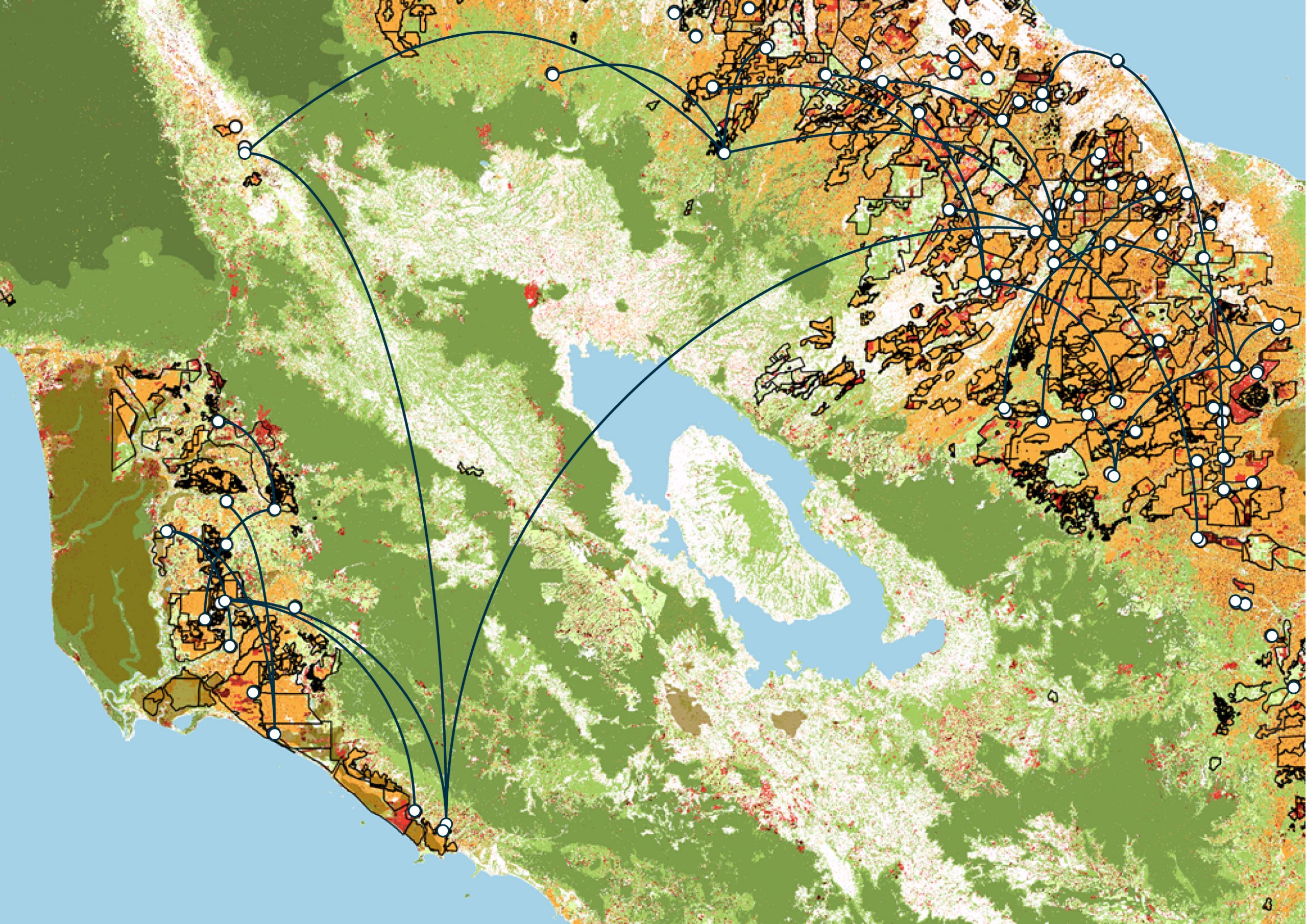Cloud service provider OVHcloud has agreed to make a free cloud service package available to innovative start-ups that collaborate with ESA Φ-lab, the ESA InCubed commercial programme, ESA Business Incubation Centres (ESA BICs) and ESA Technology Brokers.
ESA Φ-lab, in its continuing effort to bolster start-ups that develop innovative products and services, is keen to provide such companies with a series of free measures to help boost their growth. The first example of this assistance is access to cloud computing services, a vital tool for the development and deployment of New Space applications.
The selected partner for this initiative is OVHcloud, an international provider delivering public and private cloud services in 140 countries. With over 400 000 servers lodged in 33 data centres, the company also offers domain name registration, web hosting plans and telephony. The OVHcloud Start-up Program has been running since 2015 and has so far helped more than 2000 enterprises with resources, training and advice.
In an agreement signed between OVHcloud and the ESA Directorate of Earth Observation in conjunction with the Directorate of Commercialisation, Industry and Procurement, any company granted a contract as part of ESA Φ-lab, ESA InCubed, the ESA Business Incubation Centres (ESA BICs) or ESA Spark Funding from an ESA Technology Broker, will have access to a number of benefits free of charge. These include up to €100 000 of free credits for OVHcloud products and up to 20 hours of specific technical support from business experts.
ESA will inform its start-up community of the offer, and OVHcloud will promote the various ESA start-up incentives to companies whose products and services may be relevant to the space sector.
“As a leading European cloud provider, we’re very excited to launch this collaboration with ESA as it reflects our common interest in promoting innovation and entrepreneurship in the Space Economy,” said Jonathan Bowman Clarke, OVHcloud Start-Up Program Leader for Southern Europe. “With OVHcloud’s offering in combination with co-funding from programmes such as ESA InCubed, start-ups are able to access services that give an essential helping hand to early-stage ventures in the European space arena.”
For Michele Castorina of the Φ-lab Invest Office and InCubed programme, the benefits of the cooperation are clear: “This multi-Directorate agreement is a clear illustration of the coordinated support that ESA provides for economic operators, from incubation in the BICs to product development with Incubed. OVHcloud’s generous offer is a key enabler for start-ups, particularly during the commercialisation phase when setting up business services becomes a necessary part of getting the company off the ground. As such we’re more than happy to promote the OVHcloud Start-up Program to InCubed-supported entrepreneurs.”
Niels Eldering, Head of the ESA BIC and Brokers section at ESA, added: “We have a strong network of 23 ESA BICs and 7 Technology Brokers in over 70 locations in Europe. For our start-ups and innovative businesses, speed and connectivity are essential ingredients for capturing the market successfully, and we look forward to connecting our community to the opportunities that OVHcloud can bring.”
The offer is available to qualifying start-ups from 01 April. Further details can be found here.
To know more: OVHcloud Startup Program, InCubed, ESA BIC, ESA Technology Broker

